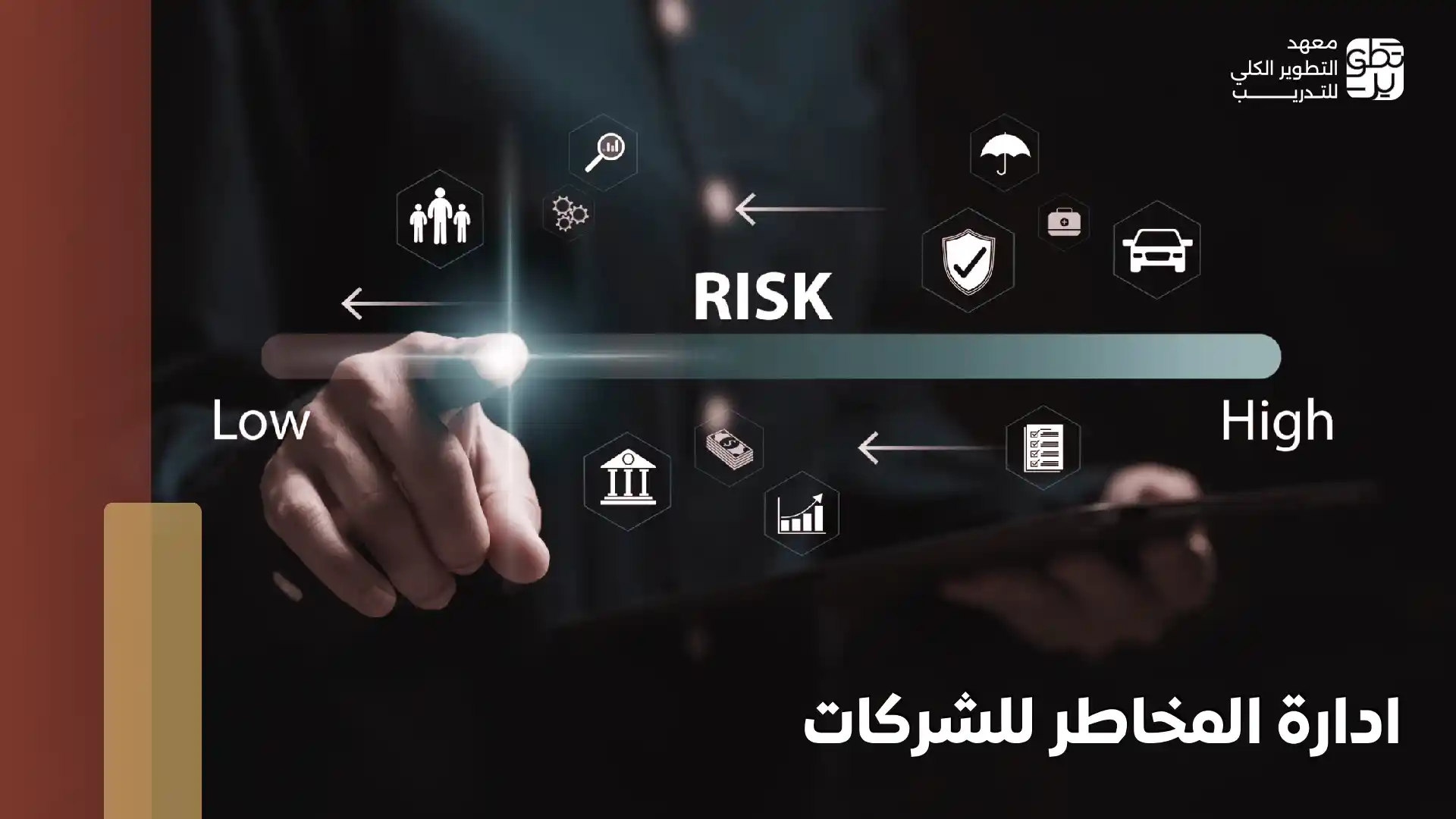
Crises can emerge at any moment, putting companies to the test and revealing the strength of their planning and their teams' ability to respond to challenges. Here lies the critical role of crisis management in companies—a fundamental tool for protecting reputation, minimizing losses, and ensuring business continuity.
In this article, we explore the essential stages that ensure successful crisis management, outline strategies that help organizations respond flexibly and intelligently, and highlight different types of crises companies may face—along with real-world examples from major global brands. Read on to learn more.
What Is Crisis Management in Companies?
Crisis management in companies is a structured process designed to handle sudden events that may threaten the company’s survival or undermine the trust of customers and investors.
This process involves proactive planning and strategic actions to minimize financial losses, protect reputation, and maintain business continuity. As business risks have grown more complex, crisis management has become a central pillar of modern corporate management.
While crisis management in larger institutions may involve broader stakeholder groups such as governments or communities, companies need precise internal strategies that focus on operational stability and sustainability.
You can contact us at the Macro Development Institute for Training to learn more about risk management and its applications.
The Importance of Crisis Management in Organizations and Companies
Crisis management plays a pivotal role in protecting the integrity and continuity of companies and institutions during unexpected events. Without a clear crisis plan, an organization may suffer severe financial or reputational damage.
Here are the key benefits of effective crisis management:
- It helps reduce negative publicity and reinforces the trust of clients and stakeholders.
- A well-prepared plan enables business continuity even under tough circumstances, reducing operational disruption.
- Demonstrating crisis-handling capabilities boosts employee morale and strengthens partnerships with investors.
- Crisis management builds a solid foundation for growth and resilience, enabling the organization to face future challenges with confidence.
You can contact us to learn the difference between risk management and crisis management.
Key Stages of Successful Crisis Management
Effective crisis management requires a structured and practical framework to ensure a strong response when a crisis arises. The following stages outline the journey from the moment a crisis appears to full recovery:
- Preparedness: Create a pre-emptive crisis plan that includes risk assessments and identification of potential threats.
- Identification: Quickly recognize the crisis and evaluate its potential impact before it escalates.
- Response: Implement immediate actions such as activating emergency plans and communicating with relevant parties.
- Recovery: Resume normal operations, repair damage, and support affected employees.
- Review: After the crisis, assess the response, extract lessons learned, and improve future plans.
Following these stages enhances a company’s resilience and makes it more prepared for future challenges.
Crisis Response Strategies Within Companies
Crisis management in companies relies on practical strategies that help limit damage and enable faster recovery. Predefined strategies ensure better agility in dealing with various scenarios. Key strategies include:
- Pre-crisis Planning: Develop alternative plans for potential situations and update them regularly.
- Effective Communication: Ensure clear and transparent information flow between management, employees, and stakeholders.
- Financial Risk Management: Allocate emergency financial reserves to cushion the economic impact of crises.
- Technology Utilization: Use digital tools and analytics to detect early warning signs and respond quickly.
- Employee Training: Prepare teams through regular training on how to act during crises to ensure fast execution.
These strategies make companies more adaptive and resilient, helping them navigate crises without losing stakeholder trust.
Contact us now to book a Risk Management Course in Riyadh.
Types of Crisis Management in Companies
Understanding the different types of crises companies may face helps develop realistic plans to ensure continuity. Key types include:
- Natural Crises: Such as environmental disasters, earthquakes, or pandemics, requiring immediate action to protect people and assets.
- Technological Crises: Involving system failures or cyber-attacks, increasingly relevant due to heavy reliance on digital infrastructure.
- Organizational Crises: Resulting from poor decisions or unethical practices within the company, directly impacting brand reputation.
- Financial Crises: Arise when a company’s financial stability is at risk, as seen during the 2008 global economic downturn.
- Human Resources Crises: Stem from employee disputes or the sudden loss of key staff, disrupting workflows and operations.
Recognizing these crisis types highlights the strategic importance of crisis management, equipping companies to adapt, limit losses, and maintain continuity.
Being prepared for each type of crisis safeguards the company’s future, protects stakeholder trust, and ensures leadership can respond decisively.
Real-World Examples of Crisis Management by Major Companies
Studying how global brands have handled real crises provides valuable insights into effective crisis management. Here are notable examples:
- Meta (formerly Facebook): After serious whistleblower leaks in 2021, Meta responded with greater transparency and investment in content safety tools to regain public trust.
- Peloton: Faced backlash over treadmill accidents; after initial denial, the company issued a recall, apologized, and improved safety protocols.
- Boeing: After two fatal 737 Max crashes, Boeing redesigned aircraft systems and enhanced pilot training to restore confidence.
- Robinhood: Accused of favoring institutions during the GameStop stock frenzy, the company increased transparency and clarified its decisions.
- Zoom: During the early pandemic, Zoom faced criticism for security flaws. It launched a 90-day security overhaul including encryption and expert hires.
- Coca-Cola: Calmly responded when Ronaldo removed Coke bottles during a press conference, emphasizing consumer choice.
- Disney: Resolved a legal dispute with actress Scarlett Johansson through a private settlement, protecting its public image and artist relationships.
- Nike: Addressed the “Satan Shoes” controversy swiftly by disassociating from the product and filing a lawsuit to protect its brand.
- H&M: Stood firm on its ethical stance against forced labor in China, despite boycott campaigns, reaffirming its commitment to transparency and human rights.
These examples show that crisis management is not just reactionary, but a proactive and comprehensive process involving acknowledgment, transparent communication, and effective action.
Companies that embrace this approach maintain their reputation even in the toughest times.
In conclusion, mastering crisis management in companies requires constant readiness, smart planning, and actionable strategies that help organizations navigate tough situations with minimal impact. Understanding the key stages, crisis types, and response methods provides the tools needed to ensure long-term stability.
Contact us to learn what governance means, why it matters, and discover how it can make a difference for your organization.
Frequently Asked Questions
What is the difference between crisis management in companies and institutions?
Crisis management in companies focuses primarily on commercial aspects, internal operations, employee safety, and customer relationships. In contrast, institutional crisis management often includes broader dimensions such as government entities or nonprofit organizations that deal directly with the public.
What are the key stages of successful crisis management?
They include: Pre-crisis preparedness, early detection, rapid planning, solution implementation, and finally review and evaluation to learn from the experience and improve future responses.

















